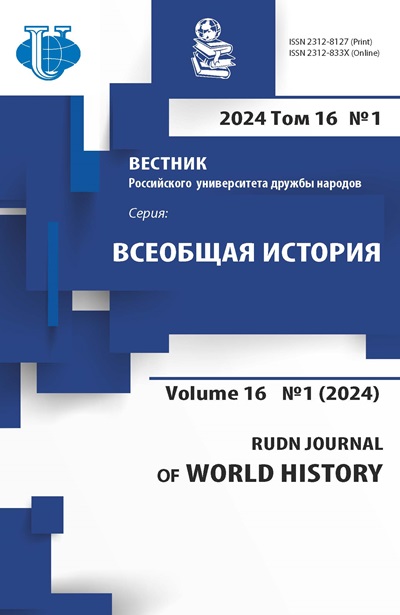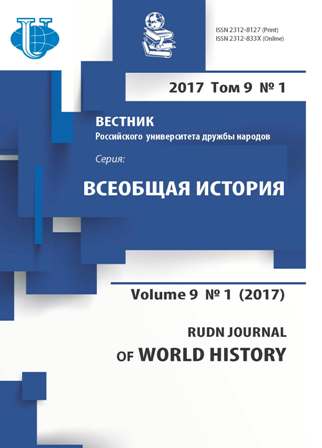AGRIMENSURA - CULTURE OF THE ROMAN LAND SURVEYING
- Authors: Gvozdeva IA1
-
Affiliations:
- Lomonosov Moscow State University
- Issue: Vol 9, No 1 (2017)
- Pages: 7-17
- Section: Antique world
- URL: https://journals.rudn.ru/world-history/article/view/15824
- DOI: https://doi.org/10.22363/2312-8127-2017-9-1-7-17
Cite item
Full Text
Abstract
For the period of the Roman Republic of agrimensura has come a long way from the simplest forms of dividing land to developed systems of surveying. The first type of survey was arcifinius - limitation of relief; it was intended for allocation of land plots Ager Publicus. Private lands were divided first on simple stripes (lacinae) or pieces (praecisura), evolving to a rectangular shape. In the III century BC in Italy has spread the system of surveying scaminace-stargaze (scamnatio-strigatio), dividing the field into large rectangles, which were allocated small plots. From the II century BC spread the division of land in straight lines -limits (limitatio). Arable land passed to the property, clearly differed from the fragments of the Ager Publicus, designed as arcifinius, which was provided rent under the ground. Feature of Roman agrimensura has become a fixture of all types of land allocation to a particular legal position.
About the authors
I A Gvozdeva
Lomonosov Moscow State University
Author for correspondence.
Email: innagvozdeva@mail.ru
Lomonosovsky Prospekt, 27-4, Moscow, GSP-1, Russia, 119991
References
- Gvozdeva I.A. Imperator Avgust – gosudarstvennyj dejatel’ i jurist [Augustus the statesman and the lawyer] // Vestnik Rossijskogo Universiteta druzhby narodov. Serija Vseobshhaja istorija [Bulletin of the Russian University of friendship of peoples. Series General history]. M., 2015. № 1. S. 5–16.
- Gvozdeva T.B., Gvozdeva I.A. Гвоздева Т.Б. Veteranskie assignacii v rimskom zemel’nom prave [The veteran assignationes in the Roman land law]. Sovremennyj jurist [The Modern lawyer] М., 2016. № 1 (14). S. 79–86.
- Beaudouin E. La limitation des fonds de terre daus ses rapport avec le droit de propriete. P., 1894.
- Behrends O. Bodenhoheit und privates Bodeneigentum im Grenzwesen Roms. Die römische Feldmeßkunst, Göttingen, 1992.
- Bradford J. Ancient Landscapes. L., 1957.
- Cadastres et espace rural. Paris, 1983.
- Castagnoli F. Le ricerche sui resti della centuriazione. Roma: Ed. di Storia e Letteratura, 1958.
- Favory F. La part de l’indigène et du vernaculaire dans les texts des arpenteurs romains.
- Études rurales. № 167/168, Objets en crise, objets recomposés (Jul. – Dec., 2003). 2003. P. 33–45.
- Hinrichs F.T. Die geschichte der gromatischen Institutionen. Wiesbaden. 1974.
- Mommsen Th. Zum römichen Bedenrecht. Berlin, 1892.
- Roselaar S. T. Public Land in the Roman Republic. A social and Economic History of Ager Publicus in Italy, 396–89 BC. Oxford, 2010.
- Schulten A. Die romischen Flurteilung und ihre Reste. Berlin, 1898.
- Thomsen R. The Italic Regions. Kovenhavn, 1947.
- Weber M. Die römische Agrargeschischte in ihrer bebeutmg für das Staats und Privatach. Stuttgart, 1891.













